When James suggested a weekend in Lanzarote, I did not think much of it. This is because, frankly, I had other logistical challenges on my mind. Namely, the fact that the following week I was set to surprise him in New York City for his 30th birthday.
This surprise birthday plan had been in the works for months, nearly since I moved to Dublin, but was thrown into disarray when James officially decided to leave his current job to take a new position. His former company mandated a 6-week paid leave between companies, which his birthday fell smack dab in the middle of. Subtly convincing James to NOT spend his birthday in Ireland/ Europe with me and to also NOT spend it traveling, but rather to go back to boring old New York City to “hang out with your friends!” was no easy task—but one that I can proudly say, I accomplished.
Anyway, more on my adorable, cute, thoughtful, expertly executed if not mediocrely timed surprise later. The TLDR is:
I was not concerned (nor even that thrilled) about going on a trip days before covertly flying to America.
But, then again, who was I to push back on a getaway to the Canary Islands, where the temperature was nearly double what it was in Dublin. I wouldn’t want to raise suspicions, after all. So I signed off on the trip, booked my plane ticket, and let James handle the rest. I am sure he was a little confused why he was left to execute what he began branding as his “birthday trip.”
The only research I did before our adventure to Lanzarote was a quick skim of the internet—which is very uncharacteristic for me, as I am someone who values a well-researched plan when entering a new country. My main takeaway from this web search came from an article declaring Lanzarote to be the “weirdest” of the Canary Islands. The same website explained that driving around the island felt like being on Mars, concluding, “If a tropical getaway is what you are looking for, you will not find it here.” Great, I thought in response.
Great, I thought again, as I crammed myself into my seat on my 7am Ryanair flight, next to an Irish couple that was 1. Already drunk and would 2. Continue to drink the entire four hour flight with the couple behind them, purchasing a Versace perfume from Ryanair’s duty free cart and spraying it obsessively for the last hour of the flight. Just great.
As it turns out, Lanzarote is not actually full of boozed up Versace perfume spraying Irish couples—as my Ryanair experience had me believing. In fact, Lanzarote is one of the most extraordinary and interesting islands I have ever visited. It blew away my expectations, but also met no expectation I could ever have imagined. Yes, the island is weird, but it is a glorious, beautiful, artistic weird. An aesthetic experience that is enabled in part by the natural beauty, and in part by the brain of César Manrique, a Lanzarote-born artist and architect who transformed the island in the 1960s.
Manrique recognized both the potential and the threat of tourism on his homeland. While tourism could grow Lanzarote’s economic capacity, large-scale tourism could also destroy the island’s beauty; white beaches and stunning landscapes could become obscured by overcrowded resorts, tiki bars, and souvenir shops.
With the backing of the island’s president—who happened to also be the artist’s childhood friend, Manrique turned Lanzarote into a thoughtful tourist destination that emphasized the natural beauty of the island and the cultural heritage of the people. He utilized his architectural skills to build cultural destinations that accentuate the landscape shaped by the volcanic eruptions of the 1730s: a scenic overlook built into a cliff face overlooking the jagged black and red terrain, a restaurant where the food is cooked off the heat of the volcano, a cactus garden emerging from lava fields, and so on.
Furthermore, Manrique successfully lobbied for sustainable developments within the tourism industry, including planning regulations that banned high rise hotels in favor of an architectural harmony. Manrique further encouraged homeowners to contribute to the island’s visual cohesion by maintaining the traditional white coloring of their homes with specific hues—namely a brilliant emerald green—for the woodwork.
The result of these efforts is an island that offers a unified aesthetic experience. As James and I drove our green mini cooper convertible (a nice touch) around the easily traversable island, I was blown away by the bizarre yet coordinated beauty. The perfectly paved roads spiraled through densely clustered, barren volcanic cones, which abruptly ended to reveal expansive planes of desert-like landscapes. Just as suddenly as it appeared, the red-sanded desert would then cut off to reveal a jagged terrain of once molten lava cooled into black moguls. As we drove through this diverse scenery, it was easy to feel as though we were in the middle of no man’s land—or a version of no man’s land with incredibly well-maintained infrastructure. But then we would glance down at Google Maps and realize, to our surprise, the destination we were heading towards—a beach, a restaurant, a museum—was a mere 3 minutes away.
Sure enough, out of the stark solitude of the hills or the expansive fields of basalt, a quintessential village of white homes with emerald details would emerge, bustling with a Saturday farmers market and a craft fair. And, shortly past that, a vineyard would appear, carefully arranged in a unique pattern of semi circled stone walls built around individual vines to protect them from the wind. A few more miles later and the horizon we chased suddenly turned from a never-ending expanse of deserted land to a bright blue ocean.
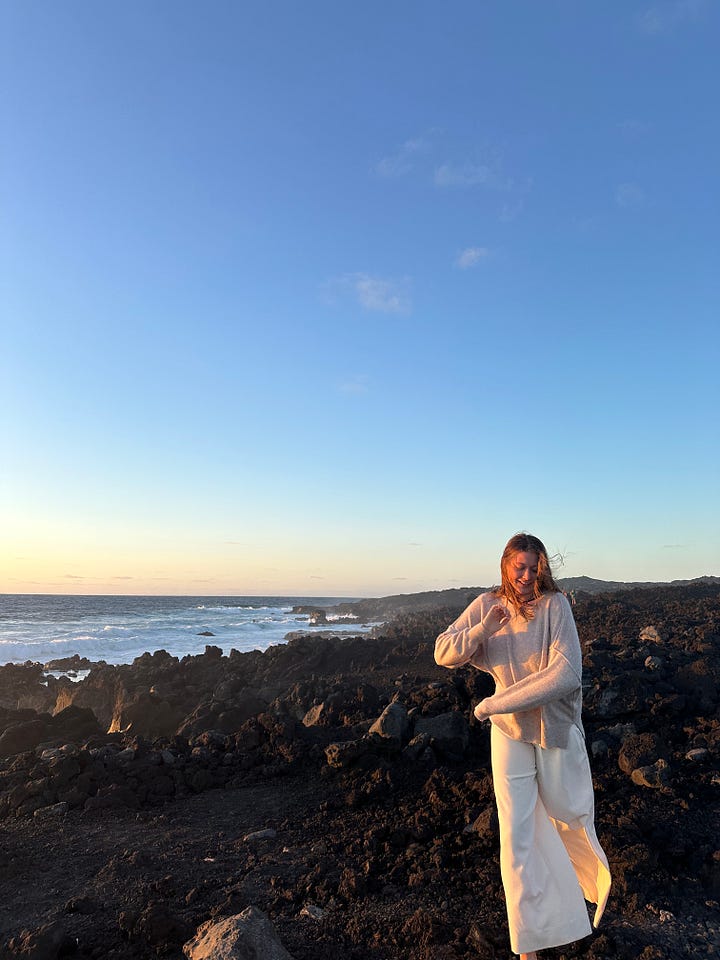


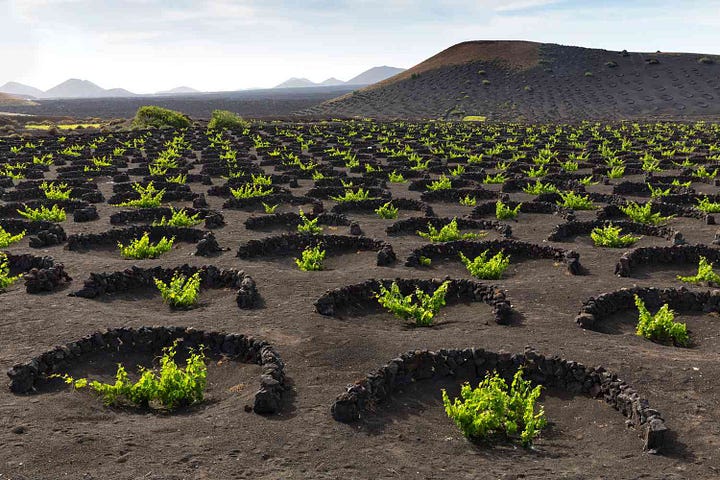
James and I filled our days with the perfect ratio of exploration to relaxation. We woke up at our stunning hotel to the blinding light of the sun creeping through our blinds. We ate breakfast of cheese and meats and breads and fruits while looking out into the extraterrestrial landscape. We laid by the pool enjoying a second cappuccino before driving out to see the former home turned foundation of Manrique, built into cooled lava bubbles. We stumbled upon natural pools; the studio of a celebrated basket weaver who only spoke rapid Spanish (my Spanish skills from a single semester studying in Barcelona took me only so far in this conversation); plastic table seafood restaurants so close to the water you could feel the ocean’s mist within the sea breeze.

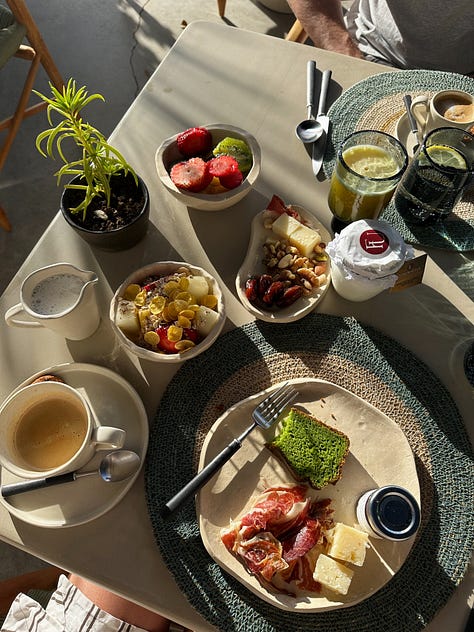
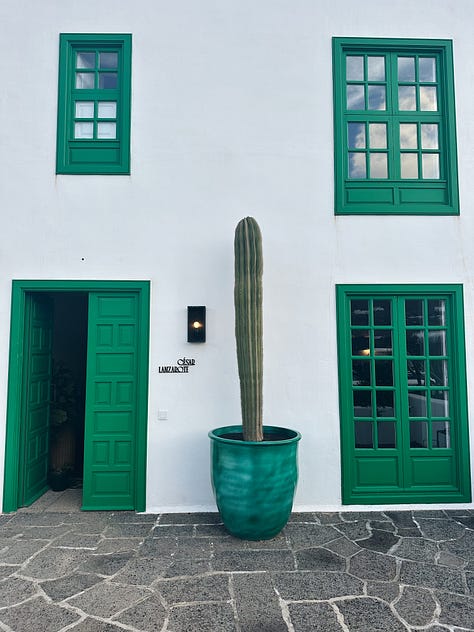

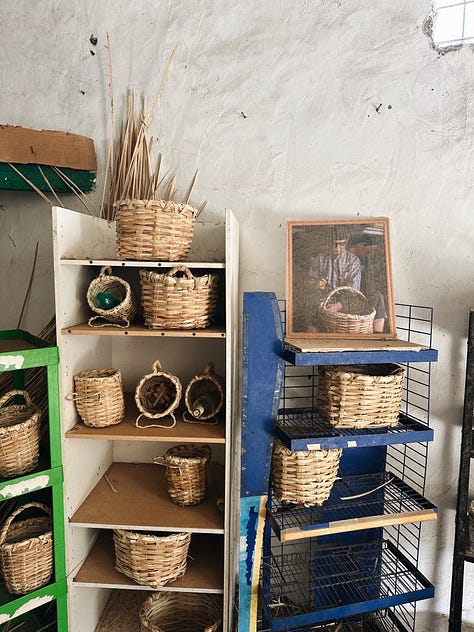
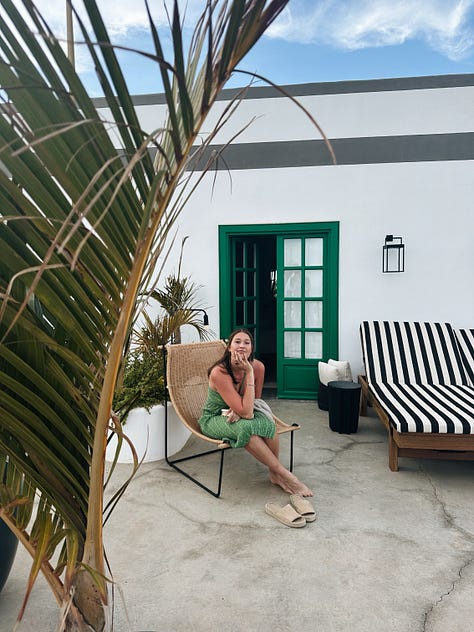
Before the trip, my colleague AnneMarie—assistant curator of Collections at the Hugh Lane Gallery—gave a talk about one of collection’s gems: Beach Scene by Edgar Degas. Known for his apt renderings of fleeting moments in contemporary, daily life, Degas’ practice spearheaded the French impressionist movement (although he rejected this label, opting to instead call himself a “Realist”).
In Beach Scene, a child reclines on a sandy beach under the shade of a parasol as a woman combs her hair. A swimsuit is splayed out beside the pair, a bonnet abandoned to their right. Other characters mosey along the beach or dip into the water.
When I first saw this painting, I was immediately drawn in by its relaxing nature. Part of me craved the experience of that young girl—sprawled out on the warm sand as her hair is tenderly mended to. Pure bliss.
But the scene is also discombobulating. The subject matter alone is slightly mysterious. Who is this woman who combs this girl’s hair—and why on a beach? The overall composition is also technically flawed. The foregrounded subjects are massive compared to those that recede in the distance. The figures and landscape are also flat, lacking naturalism. On the horizon, two ships appear with their fumes flowing in opposite directions—an impossible phenomenon. The work is all at once familiar and otherworldly, eliciting both a sense of peacefulness and, simultaneously, ambiguity.
On my second day in Lanzarote, I was reminded of this scene on Papagayo Beach— a secluded cove featuring white sands and turquoise waters. Getting to this destination required slowly navigating down a “road” that was more of a trace of a path through a bumpy, desert-like terrain. The expansive plane abruptly ended with a makeshift lot of cars and camper vans, pushed against what appeared to be the edge of a steep drop-off. A winding staircase built into the cliff face led down to a stunning oasis.
On this beach of this weird island, I found the warmth of the sun after months of grey skies, early sunsets, and rainy afternoons. I laid on the white sands, nestled in the hills of an unfamiliar volcanic-desert terrain. As I looked out upon the Atlantic Ocean I felt the metaphorical presence of ships with their exhaust billowing in opposite directions— the presence of something uncanny, unfamiliar, and not quite in line with my experiences with the natural world nor the familiar body of water. Yet I was comforted by this newness with James beside me, combing his fingers through my hair as Degas’ rendered woman pulls a comb through the girl’s locks.
A few days after returning from Lanzarote to the familiar scenery of Dublin, I finally executed my complicated surprise mission, flying over the ocean to the even more familiar scenery of New York City. I successfully shocked James. Sure, the originally intended wow factor of coming home after being apart for months did not exactly pan out, as James flew back to New York City only two days before I did… but he was surprised and touched nonetheless. My family joined us in the city, and we surprised James a second time with a small party of his closest friends at his favorite bakery turned wine bar in Brooklyn Heights.
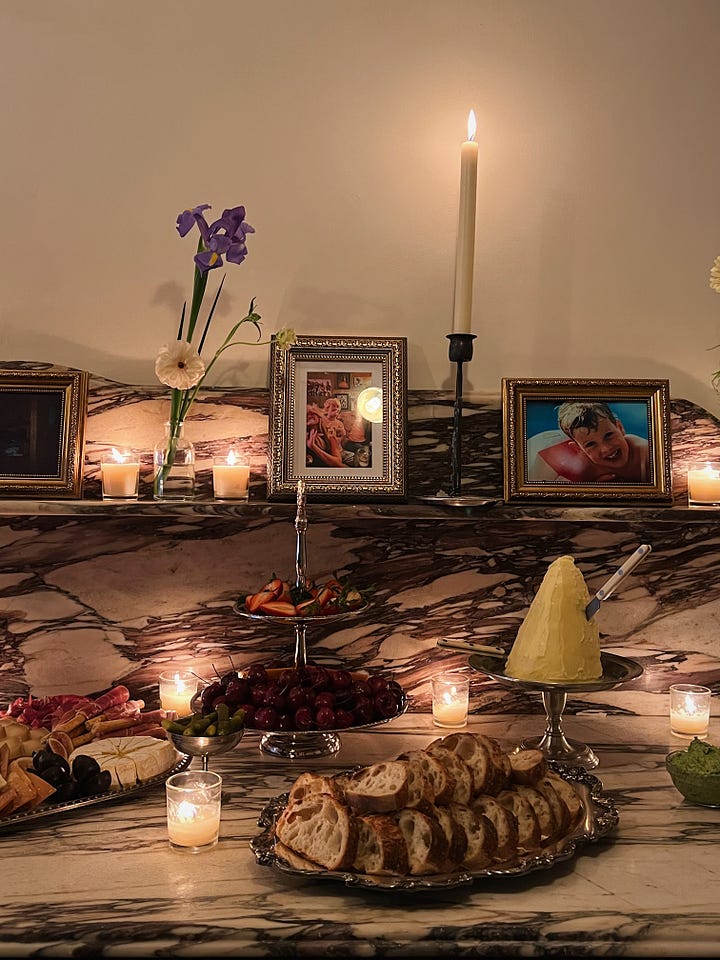

At the end of the weekend, I caught the flu. I pushed back my return flight to Dublin and I slept for days, battling waves of sweaty fevers and chills. I woke up and ate homemade soup made by James. I slept more. After four days, I moved my flight again as the flu continued its battle against my immune system.
Despite being in the city I consider my home, I felt far away from home. I felt so close yet so distanced from those I loved, many of whom I originally did not have the time to see… and then, once I did have the time, I was too sick to be around. I felt stressed missing a week of important work and meetings for my Fulbright project in Dublin. I felt disconnected from my friends in Ireland. Any firm grounding in comfortable familiarity felt out of reach.
When I finally flew back to Dublin, leaving James and not knowing exactly when I would see him again, these feelings remained. I felt like a heavy stone sat in at the bottom of stomach, unsure whether I was returning home or leaving home. I felt whiplash. I watched two ships sail on the horizon, steam blowing in opposite directions, and no longer found it to be intriguing. Instead, it was alarming and isolating.
I am writing this on the Friday of Easter weekend, as I take a train to an Airbnb near the Cliffs of Dover to join my dear friend Cecily and a group of others as we celebrate her birthday.
I thought I would find solace in the familiarity of Easter, but I am finding that Ireland and the UK have unique Easter traditions. Rather than jellybeans, easter egg hunts, and baskets, the Irish seem to excite themselves over these large (hollow?) chocolate eggs. The eggs come in a variety of forms and are produced by nearly every brand under the sun. Already walking on unstable ground, this whole chocolate-egg-no-jelly-bean thing initially put me off. But after some convincing from my coworkers, I marched to the grocery store to buy a Butler’s chocolate egg (apparently the bougie choice) to bring to the beach house this weekend.
The greenery outside of the train’s windows has suddenly dropped away to reveal coastal towns. This is a good indication that it is time for me to wrap up this stream of consciousness and figure out how to call a cab from the station, the final leg in my journey to my friends and to my Easter weekend— a time about more than just the debate between large chocolate eggs and jellybeans. A time about rebirth and rejoice.
Once I reach my final destination—an unfamiliar home on the English channel, with old and new friends, where we will drink wine and play games and maybe even skeptically assimilate to local Easter culture by cracking apart a chocolate egg— I hope to look out to the sea with the sun on my skin, the wind combing through my hair, and see two ships with their steam blowing in opposite directions, and, once again, feel at ease.


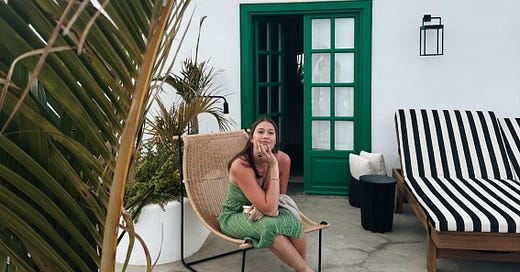



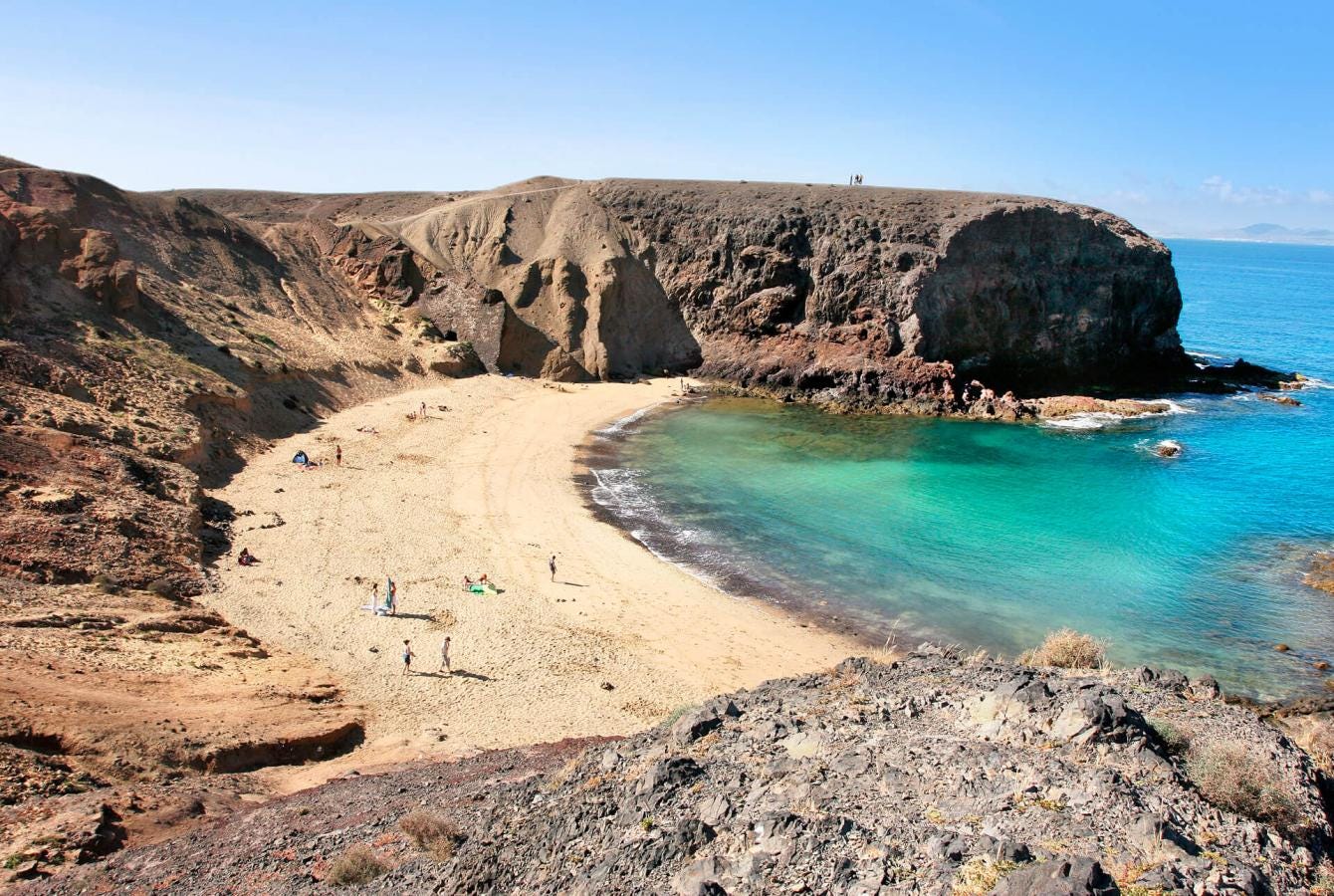
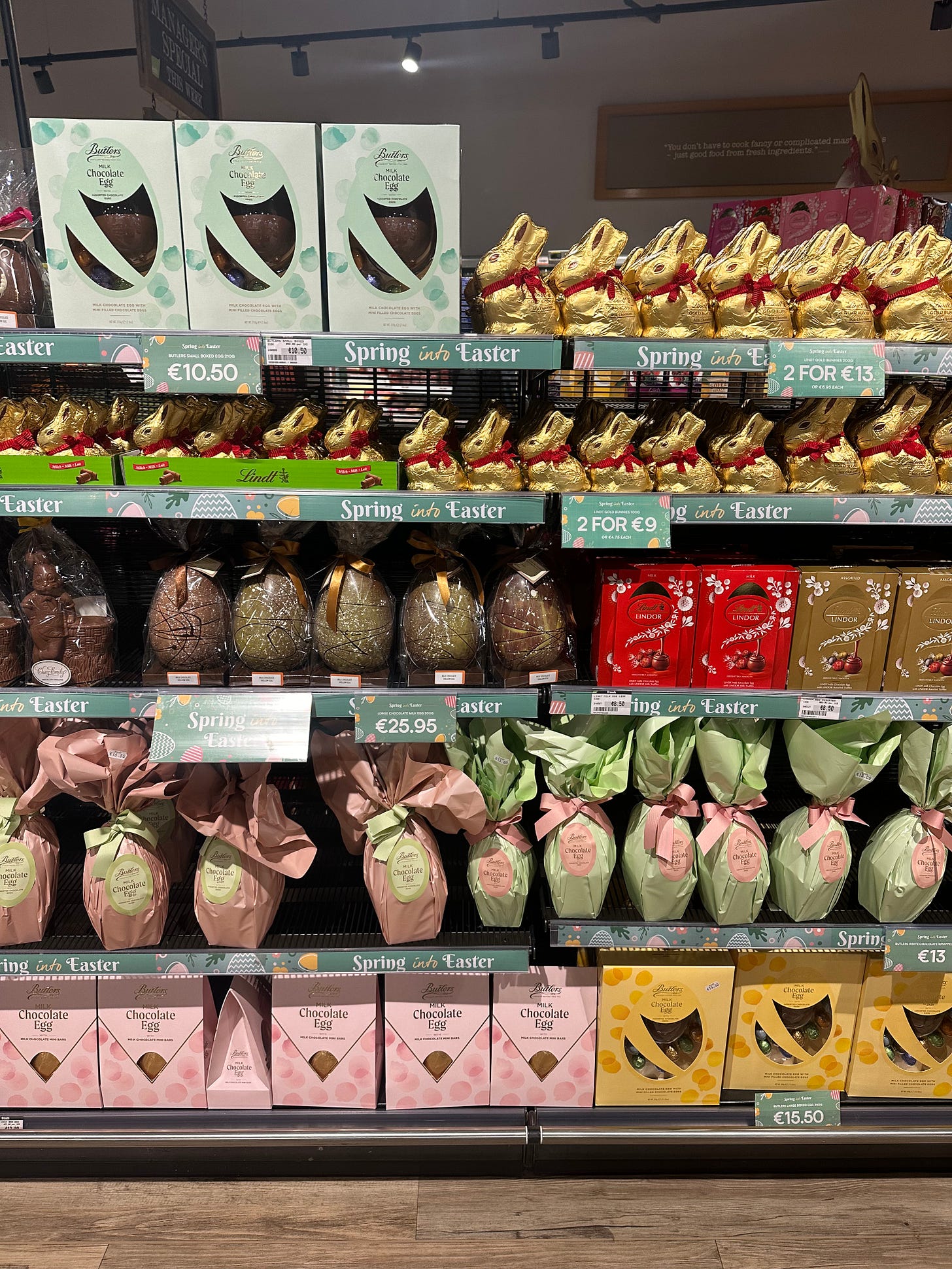
This is incredible! Love reading about your travels, and also intrigued by the bakery/ wine bar in Brooklyn Heights? :)
Love hearing about all that you are up to! So much adventure, thoughtfulness, and love.